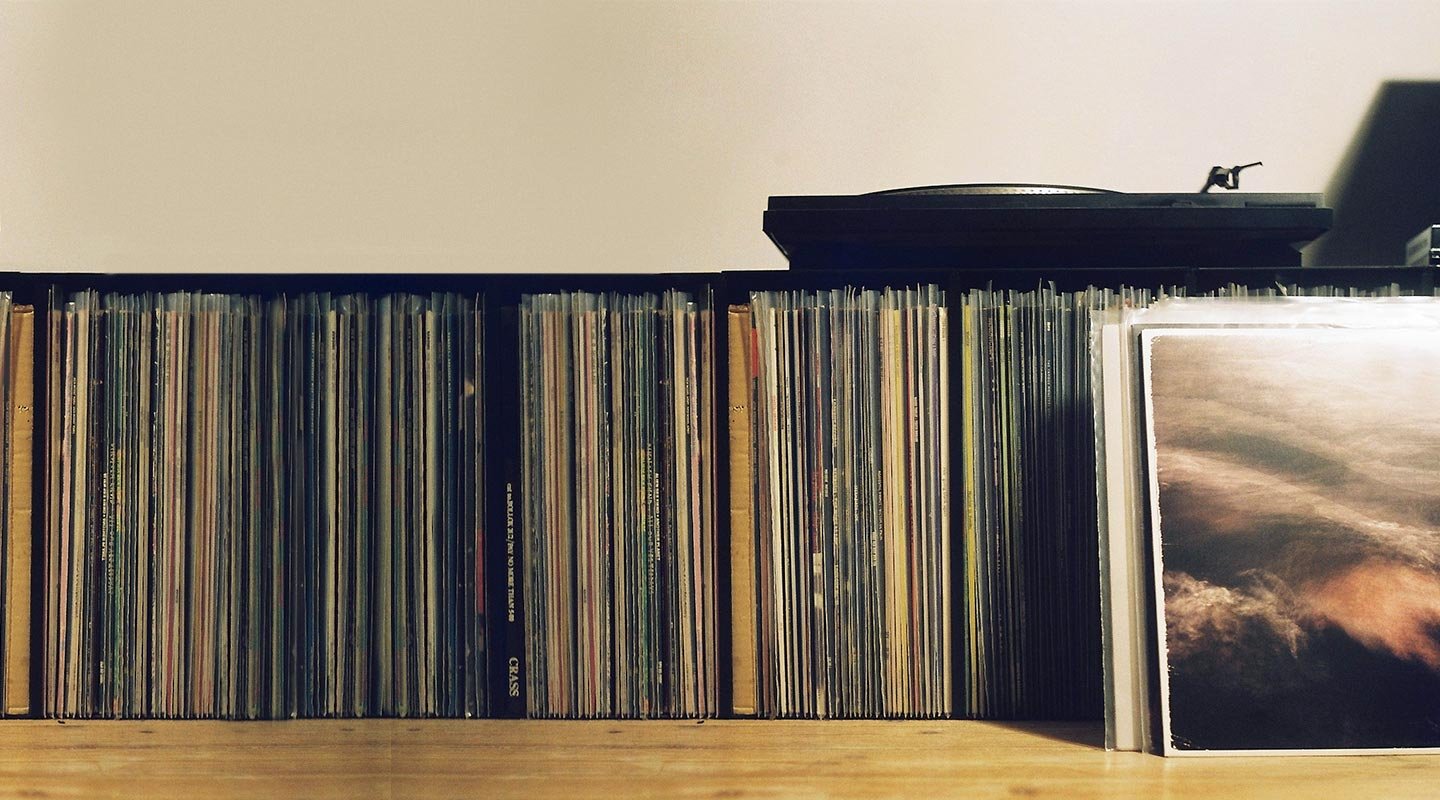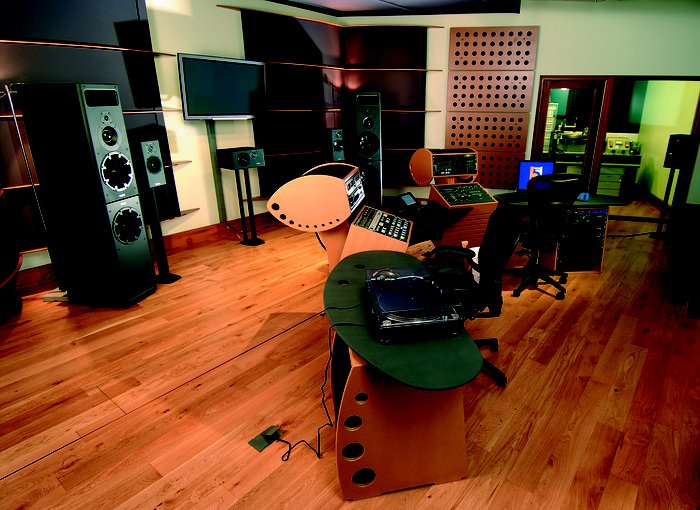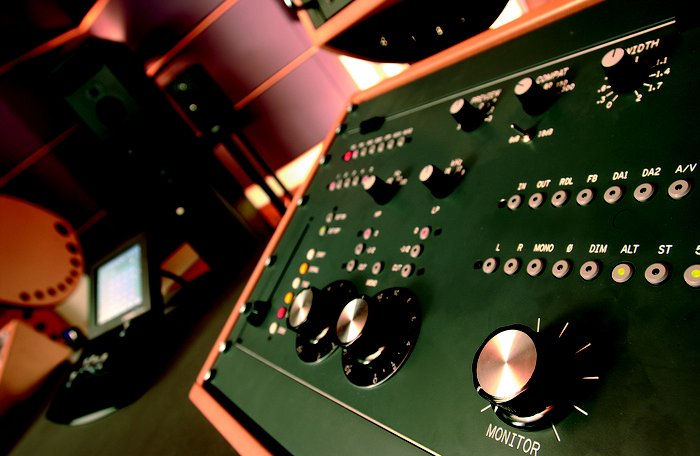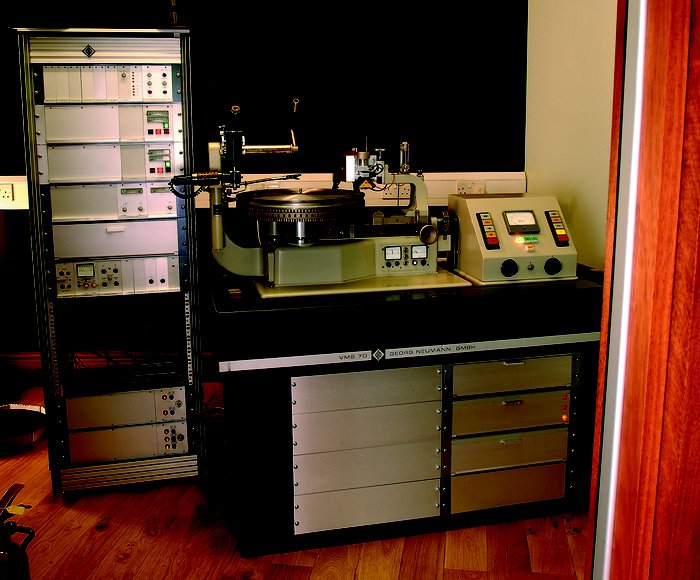Ready for the Record

This past weekend cities across the globe marked Record Store Day, that time when people the world over get together to support that most future-proof of all musical formats, and the independent shops that sell them. After all, despite the convenience of online shopping nothing beats flicking through the racks, meeting fellow music fiends and giving the studio-tan a break. Let’s face it, music feels immortalized once it hits the hallowed wax, and many producers still hope to see their beloved creations carved into a shiny black (or any other color) disc.
In honor of this year’s worldwide celebration of vinyl, we asked journalist, label owner and all-round vinyl nut, Oli Warwick, for insight on how to ensure releases reach the black stuff, and what you can do to make sure your tracks sound the best they can when going under the needle.
Labels
Before we get into anything technical, some readers may be wondering what needs to happen to get their music in front of a vinyl label. Getting a label interested in your music can be a process of demos and knockbacks, but the key is in targeting the right places for your music and reaching out to like-minded heads. If that shameless self-promotion doesn’t appeal, you can always start your own label, and plenty of artists do these days. If you’re sitting on a two-track firebomb that can’t wait to be signed, you can either save up the funds or talk to a distributor about a pressing and distribution (P&D) deal, where they front the costs of manufacture for a slice of the profits. These deals are not so easy to come by these days but again it comes down to research, finding the right company to sell your style of music to the right shops. If you’re feeling plucky you can always take the hardcore route and self-distribute, but be ready to do a whole lot of hustling and make good friends with your local post office.

Mastering Houses
The next stop for your tracks is the mastering house. In choosing where your tracks get mastered, there are a lot of options out there, from keen-eared semi-pro characters with high-end plug-ins and decent monitors through to purpose built mastering studios. Your best bet is to dig out the records you love the sound of and find out where they were mastered; read the label or try Discogs for pointers. And bear in mind the cheapest option isn’t always the best one.
Thinking Physical
First things first, you need to know what will be actually going on the record. As a physical medium, naturally there is only limited space available for audio, and the more time you try to stuff on a side, the shallower the grooves will have to be and hence the quieter the cut will be. While there are no exact rules, most mastering houses recommend between eight and nine minutes per side cutting at 45 rpm or ten to twelve minutes per side cutting at 33 1/3 rpm. This rule applies to getting the loudest possible cut, which is of most concern for club tracks that are liable to need to stand up to other records in a DJ’s mix. If your music is more aimed towards the home-listening experience, these concerns are not so significant. When trying to squeeze a bundle of tracks on a side, it also pays to consider what will go where: the nearer the needle gets to the center of the record, the more inner-groove distortion you will get, so make sure your bona-fide dance wrecker is sitting pretty on the outer edge where possible.
Pre-Master Mixing
With the placement of the tracks out of the way, the next step is to get the stereo mix down just right. Of course mixing is a wholly different beast unto itself, which we’re not going into here, but be aware that the mastering process can bring out gremlins in the mix you may not have noticed. In the case of tricky elements such as vocals, you can always supply ‘vocal up’ and ‘vocal down’ versions to give the engineer the choice for the best results.
One of the crucial points about the mixdown is in setting the correct peak level for your track. It’s generally recommended to have levels peaking between -3 and -6 dBs to allow for headroom. This gives the engineer the space they need to work their magic. When mastering requires the boosting of certain frequencies, no headroom means there’s no space to go upwards without meeting the dreaded ogre of distortion. Of course if you’re crafting nosebleed industrial techno that red-lining noise might be exactly what you’re after, but any engineer worth their salt will be doing their utmost to avoid it unless asked otherwise.
“Dynamic range is what makes music exciting,” explains Shawn Joseph, head engineer at Optimum Mastering in Bristol, UK, “and regardless of whether your music is quiet or loud, we should take every opportunity to preserve it. Given plenty of headroom a mix should have clean transient peaks and bags of energy. If the peaks are already clipped or the life has been compressed out of a mix, there is very little we can do.”

Don’t Touch That Dial
Equally as important as headroom is to leave the compression, limiting and EQ on the mix bus well alone. Of course it’s tempting when testing out your tracks (particularly in clubs) to slap a bit of processing on the mix bus to fatten everything up, but when it comes to mastering time this is a key part of the engineer’s arsenal in bringing the best out of your track, and if you’ve gone to the right studio they’ll have the best (and most expensive) tools for the job.
“Every mix is different so there is no one-solution-fits-all, that’s why you go to an engineer rather than use a plug-in,” Shawn explains. “An engineer should be able to tell if your mix has a balance that suits the genre and will translate to its given audience. They’ll also take into account the format it will be played on.”
The Bounce
As a minimum rule, 24 bit, 44.1 kHz WAV or AIFF files are best for bouncing your tracks as they are lossless audio, meaning none of the sonic information is lost in the process. After bouncing, it’s essential to check your wares before submitting, making sure the files are immaculate. Chopped ends are surprisingly common, and you don’t want to have overlooked some unruly automation or that take of you trying out some diva vocals that somehow slipped into the final mix. It’s also not that unusual for out of place spikes to occur in a digital transfer. A good mastering house will let you know if something is up and give you a chance to resubmit, but another may not be so kind, and only you know for sure when the track is as it should be.

Trust Your Ears
If you can’t attend the mastering session in person, ask to check over returned master files, and do so as thoroughly as possible – test them out, get some input from friends and be sure this is what you want immortalized on wax.
“While it’s an extra cost, the only way to be absolutely sure before lacquers are cut is to get a test acetate done,” explains Jack Adams, the head vinyl engineer at Optimum. “It will represent exactly what the program will be, and can be played back in a multitude of scenarios to ensure all parties are happy with the cut, as well as being used for comparison with the finished pressing.”
There are good reasons to get a test pressing done first; other considerations that can come into play between the mastering and the physical cutting. It’s your last chance saloon before the full pressing goes ahead so make sure you’re happy with everything. In particular, stereo bass can cause problems when it comes to the cut and may need to be rolled off with an elliptical EQ. Likewise unruly high and low frequencies can cause havoc in a groove and may need to be tempered before cutting.
“Very stereo mixes create a lot of vertical movement of the cutter head,” Jack adds, “which makes the groove deeper and shallower. This makes the cutting assembly push further across the disc, eating up space and therefore time and loudness.”
The Finished Product
There’s nothing quite like the glorious day when you get the finished product. Then it’s simply time to enjoy sitting back and hearing the beautiful interaction as a needle picks up every nuance of your beloved creation and sends it back into the room. Savor that moment; never will your music have felt so real.